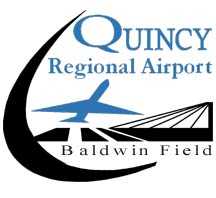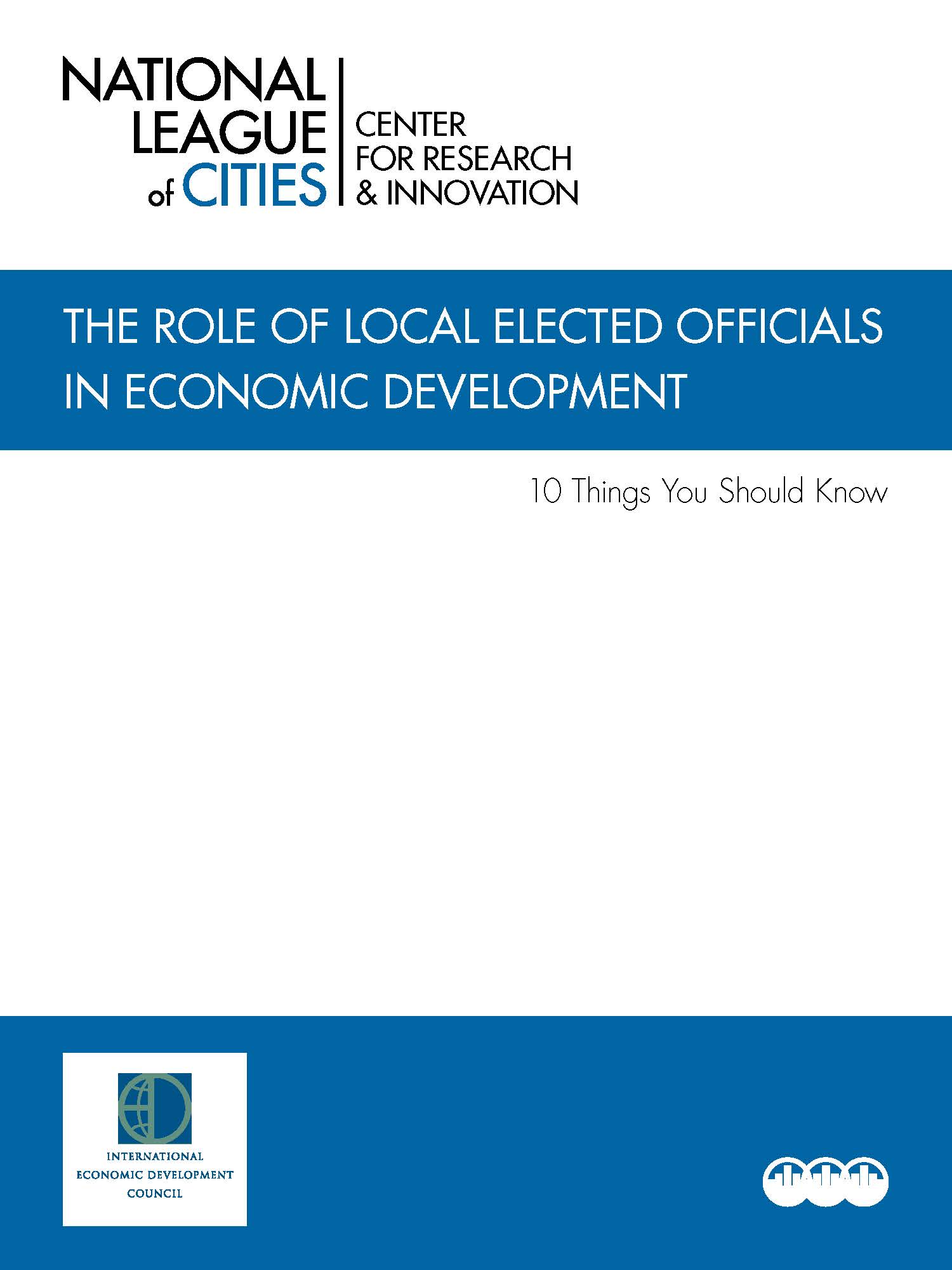[share]
Quincy Regional Airport in partnership with Cape Air is encouraging the community to fly in a marketing campaign beginning this week. The airport will be offering incentives to the community through ticket giveaways and promotions.
Why now?
10,000 is the magic number. In order to qualify for a $1 million federal aviation grant, the Quincy Regional Airport must reach 10,000 enplanements by December 31, 2014. Airport manager Jarred Hester says there has been a six percent drop in passengers flying out of the airport this year. That means over the next five weeks, 1,205 passengers (as of 11/20/14) need to fly out of Quincy Regional Airport.
“We will be spending these last weeks of 2014 rallying community support and raising awareness of the value of the airport to our community,” Hester said. “The $1 million grant will help us maintain our infrastructure – over seven and a half miles of pavement, asphalt and concrete on our runways – and at the same time decrease our reliance on local tax payers.”
Let’s talk economic impact.
The value of the Quincy Regional Airport to our community is irrefutable. A study conducted in 2012 measured QRA’s economic output to our community at $13.8 million. Quincy Regional Airport, Cape Air and local aviation-related companies account for 70 jobs.
Private business and industry in the tri-state region rely on the services of Quincy Regional Airport and Cape Air to get their people where they need to be efficiently and economically. Round trip flights daily to St. Louis and a code-share agreement with American Airlines connects the Quincy area to the world. In our global economy, transportation infrastructure – and the ability to get places fast – is crucial. Quincy Regional Airport commercial air service is an important component of the multi-modal transportation network the region offers.
What’s in it for me?
Based on the national average of $.59 per mile, the cost to drive to Lambert Airport in St. Louis is $75. Add to that a minimum of $7 per day to park at the airport, plus the loss of time and productivity, and you’re spending $100 or more just to get to your connecting flight.
The Solution:
Enter Cape Air and the Quincy Regional Airport. Only 15 minutes from the heart of Quincy, Quincy Regional Airport saves you time and money. Cape Air will get you to St. Louis in 45 minutes for only $52. Add to that FREE parking and shorter TSA security lines, and the money you save speaks for itself.



